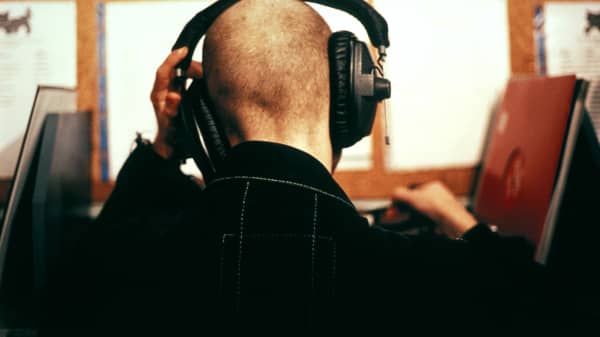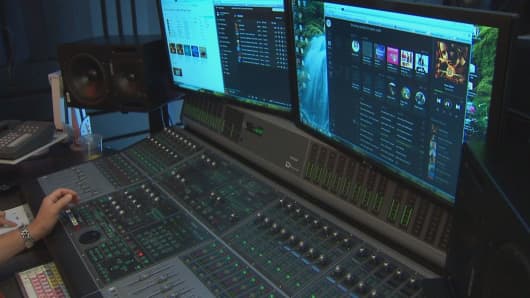Music streaming services are the new frontier in an all-out tech industry war.
A big factor in choosing a service is sound quality. In particular, a new batch of high-fidelity streaming services, including Tidal and Deezer, are now competing against companies like Spotify, Google, Apple, and Amazon, which offer standard sound quality in their streaming products.
We wanted to find out: How much better are the higher-quality services?
Our research suggests that most people can't hear any difference. (For a full explanation of how CNBC carried out our test, click here. Our investigation was not a scientific test, but we did try to replicate what most consumers would do when they're choosing a service: turn on the music and listen to decide what's best.)
Let's be up front about this: The quality of the music you hear is based on countless factors. The quality of your speakers (or headphones) matters, and so do the way the music was created, the strength of your internet connection to stream, and so on.
Among the high-fidelity services, you might be most familiar with Tidal, because Jay-Z is the company's big-name owner and co-owners including Kanye West. The Tidal website describes its music like this:
"...delivered in lossless, CD quality (1,411 kbps vs. 320 kbps for standard streaming). HiFi streaming delivers an uncompressed sound file, which means that you can hear every instrument and every note — as the artist intended. This tier costs $19.99 per month."






